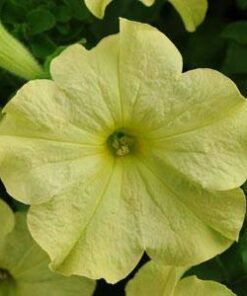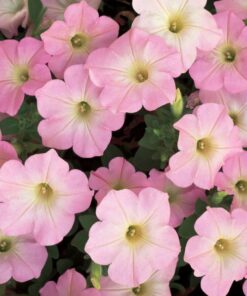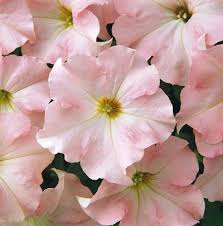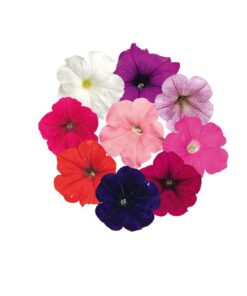Antirrhinum Snapshot Mix color seeds pack of 1000 seeds
₹950.00
Out of stock
Email when stock available
Antirrhinum Snapshot Mix how to plant
Sowing antirrhinum (snapdragon) seeds
Antirrhinum Snapshot Mix Sow the seeds on the surface of a fine seed or sieved compost and keep under a propagator cover or clear plastic bag until they have germinated. Once they have two good seed leaves, prick them out into modules and grow them on until they are sturdy plants.
| Number of Seeds | 1000 |
|---|---|
| Sowing month | Sept to Feb |
| Sowing temperature | below 32C day time |
| Blooming month | Dec to April |
| Sun | Full |
Planting out
Gradually acclimatize your plants to outdoor conditions for 7-10 days before moving to their final position. Choose a sheltered spot in full sun, ideally with moist but well-drained soil. Prepare the final planting area well by adding plenty of organic matter (such as homemade compost).
Antirrhinum Snapshot Mix Mix Water plants well or soak for 20 minutes.
Mark out your planting positions with empty plant pots, leaving plenty of space for plants to spread (around 30cm apart). Dig holes deep and wide enough so the crown of the plant is level with the soil surface. Antirrhinum Snapshot Mix Mix Backfill around each plant and firm the soil gently. You should be able to tug gently on the leaves without the plant lifting out of the ground. Water them in a well and water them again, with a flood, not a sprinkle, every 5-7 days (if no rain), to encourage roots to be drawn down deep. Zinnia benary giant can be a good companion
Growing antirrhinums in pots
For growing antirrhinums in pots, use as large a container as possible, as this won’t dry out so quickly and will require less watering. Place the container in a semi-shaded area.
Antirrhinum Snapshot Mix Sunlight and Watering
Snapdragons grow best in full sunlight but can tolerate partial shade. Water them regularly, especially during dry periods, but avoid overwatering to prevent root rot.
Fertilizing
Use a balanced liquid fertilizer every two weeks to promote healthy growth and abundant flowering.
Antirrhinum Snapshot Mix Pest and Disease Control
Watch out for aphids and caterpillars. Use neem oil or a mild insecticidal soap if needed. Ensure good air circulation to prevent fungal infections.
| Germination Level | Easy |
|---|---|
| Growth Pattern | Up right Straight |
| Hybrid or Open Pollinated | Hybrid |
| Ideal location | Full sun |
| Origin Country | USA |
| Color | Mix |
| Petals | Double Petal |
Be the first to review “Antirrhinum Snapshot Mix color seeds pack of 1000 seeds” Cancel reply
You must be logged in to post a review.














Reviews
There are no reviews yet.